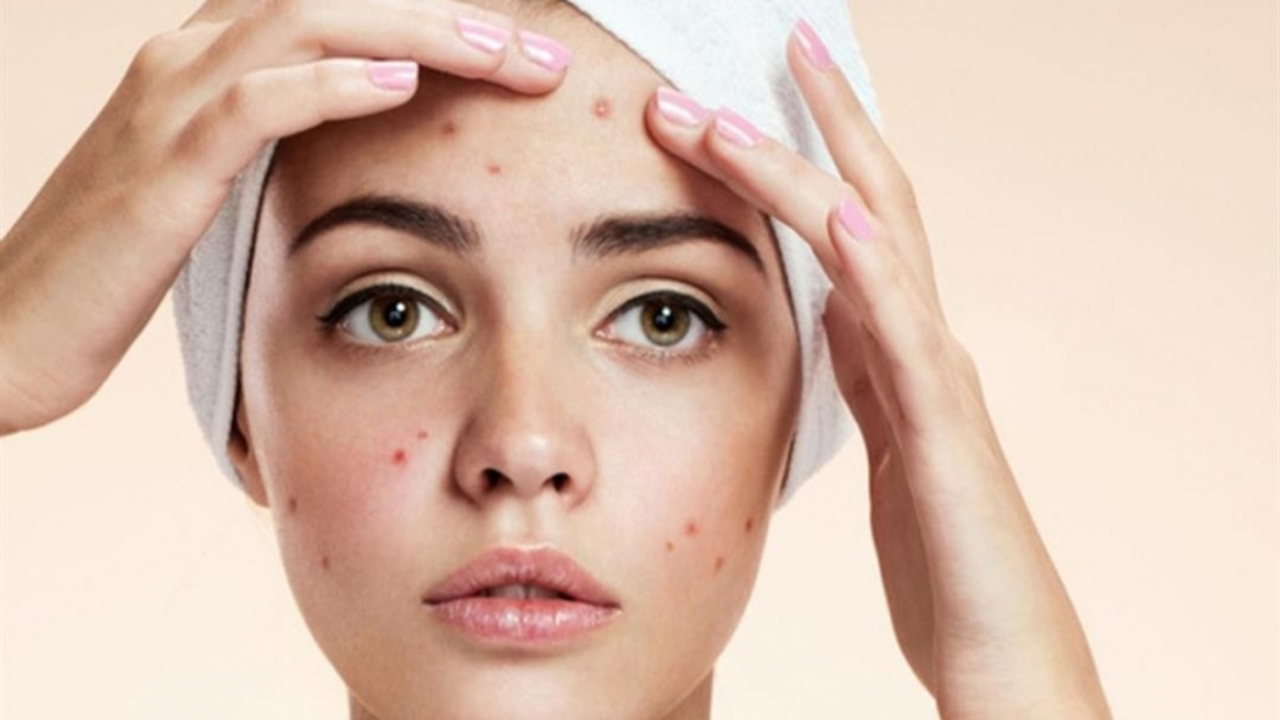Acne Myths: What’s True and What’s Not?
If you’ve ever Googled "how to get rid of acne" you’ve probably run into a flood of advice that sounds too good to be true. From “chocolate causes pimples” to “you must wash your face ten times a day,” the internet is packed with myths that can actually make skin worse. Let’s cut through the hype and give you straight‑forward facts you can trust.
Myth #1: Chocolate, Pizza, or Sugar Are Direct Triggers
The idea that sweets magically create breakouts is a staple of teen drama, but science says it’s more nuanced. High‑glycemic foods (white bread, sugary drinks) can raise insulin levels, which in turn may boost oil production. That doesn’t mean every piece of chocolate will ruin your skin – moderation matters. If you notice a flare after a specific treat, keep a simple food diary for two weeks and look for patterns before blaming the entire diet.
Myth #2: Scrubbing Hard Will Clear Your Face Faster
Rubbing your skin like a sandpaper is one of the quickest ways to irritate pores. Over‑exfoliation strips away protective oil, prompting sebaceous glands to produce even more oil – the perfect recipe for new pimples. Use a gentle cleanser and limit physical scrubs to once or twice a week. If you want deeper exfoliation, chemical options with low % salicylic acid work better and are less abrasive.
Another common misconception is that “dry skin means no acne.” In reality, dry skin can still produce excess sebum as a defensive response, leading to clogged pores. Choose non‑comedogenic moisturizers that hydrate without blocking pores.
Myth #3: Only Teenagers Get Acne
Hormonal shifts don’t stop at 19. Adults experience adult‑onset acne due to stress, hormonal birth control changes, or even certain medications. Treating it the same way you would a teen’s breakout—gentle cleansing, targeted spot treatment, and possibly a prescription from a dermatologist—is still effective.
Myth #4: Popping Pimples Helps Them Heal Faster
While it may feel satisfying, squeezing pushes bacteria deeper into the skin and can cause scarring. If you must treat a pimple, apply an over‑the‑counter benzoyl peroxide or salicylic acid spot treatment instead of manual extraction.
Myth #5: Natural Remedies Are Always Safer
Ingredients like tea tree oil, apple cider vinegar, or lemon juice sound “natural” but can be irritating if used undiluted. Test any home remedy on a small skin patch first and stop if you see redness or burning.
Now that the biggest myths are busted, here’s a quick action plan:
- Stick to a gentle cleanser twice daily.
- Use a lightweight, oil‑free moisturizer.
- Apply a proven acne treatment (benzoyl peroxide 2.5%–5% or salicylic acid) to affected areas.
- Watch your diet for high‑glycemic spikes and stay hydrated.
- Consider seeing a dermatologist if over‑the‑counter options don’t improve things after six weeks.
Remember, acne is a common skin condition, not a personal failure. By ditching the myths and sticking to evidence‑based steps, you give your skin the best chance to clear up and stay healthy.

In today's blog post, I'm debunking the top 10 acne myths and revealing what really causes breakouts. It's time to set the record straight on common misconceptions about acne, such as it being caused by dirty skin or chocolate. With the help of experts, I've managed to uncover the truth behind these myths and discover the real factors contributing to breakouts. So, if you're tired of acne controlling your life and want to know the real story behind it, make sure to keep reading! Together, let's bust these acne myths and pave the way for clearer skin!
Read More